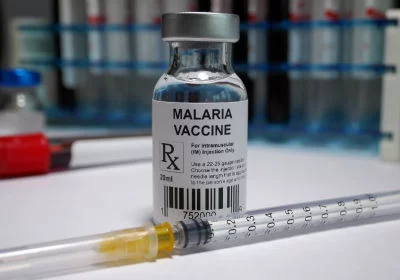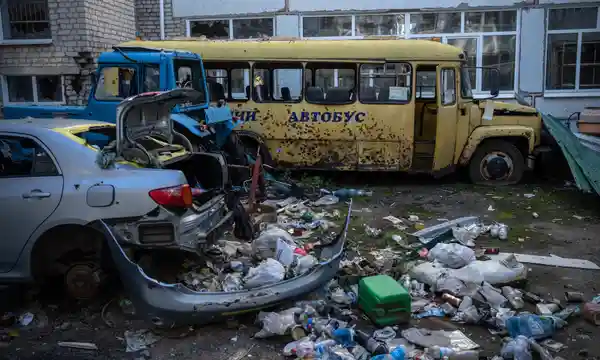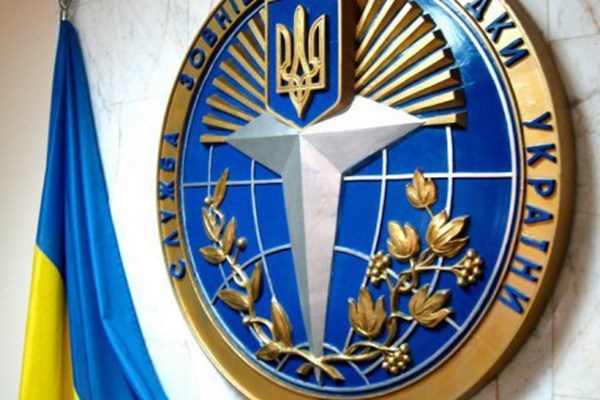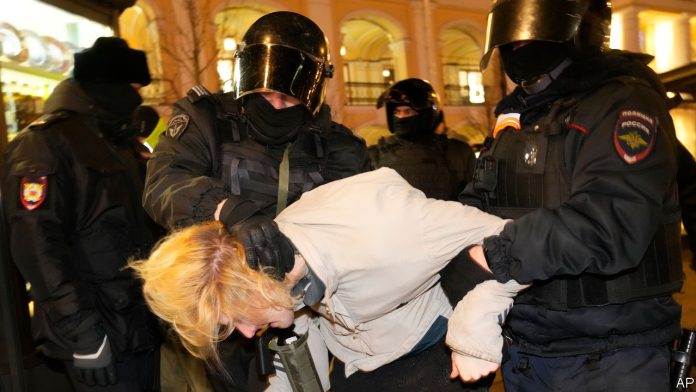In a significant stride towards eradicating one of Africa’s deadliest scourges, the World Health Organization (WHO) has granted its stamp of approval to a groundbreaking anti-malaria vaccine developed by Oxford University. The R21/Matrix-M vaccine, the second of its kind to gain WHO recognition, promises to revolutionize the battle against malaria, a disease that has long been a leading cause of child mortality in Africa.
A Powerful Weapon Against Malaria
Based on meticulous evaluation of preclinical and clinical trial data, the WHO’s recommendation underscores the vaccine’s efficacy. The R21/Matrix-M vaccine has demonstrated an impressive 75 percent reduction in symptomatic malaria cases when administered as a three-dose series over the course of a year. Notably, this remarkable outcome was achieved in regions characterized by high seasonal malaria transmission. It’s worth noting that the Phase III clinical trial results are currently undergoing peer review, according to a statement from Oxford University.
Affordable and Accessible
One of the most remarkable attributes of the R21 vaccine is its cost-effectiveness, with each dose priced at a mere $2-4. This affordability is poised to make the vaccine an accessible intervention against malaria in the fight to save lives. The WHO anticipates that this life-saving vaccine will be readily available by mid-2024, marking a milestone in the global effort to combat malaria.
A Long-Awaited Dream Realized
WHO Director-General Tedros Adhanom Ghebreyesus expressed his excitement over this development, stating, “As a malaria researcher, I used to dream of the day we would have a safe and effective vaccine against malaria. Now we have two.” The approval of the R21/Matrix-M vaccine offers a ray of hope in the ongoing struggle to reduce the devastating impact of malaria on communities, particularly in Africa.
The Menace of Malaria
Malaria, a life-threatening yet treatable disease, is primarily transmitted through the bites of specific mosquito species. Those afflicted with malaria typically experience symptoms such as fever, chills, and flu-like ailments. Alarmingly, millions of malaria cases are reported annually, with an estimated 619,000 deaths attributed to the disease in 2021. The overwhelming majority of these cases occur in Africa, and tragically, children under the age of five account for a staggering 80 percent of malaria-related deaths in the region, according to the WHO.
Global Impact
While the United States reports a relatively low number of malaria cases (approximately 2,000 annually), the majority of these cases are contracted abroad. In a recent development, health officials issued warnings after a few cases were reported in Florida and Texas among individuals who had not traveled overseas. This underscores the importance of continued vigilance and proactive measures even in regions with lower malaria prevalence.
An Ongoing Challenge
Despite the approval of the first malaria vaccine, known as RTS,S, in 2021, the demand for these life-saving vaccines far outstrips the supply. The WHO has lamented the limited availability of RTS,S, which has hindered malaria prevention efforts. However, with the R21 vaccine set to be manufactured by the Serum Institute of India at a capacity of 100 million doses annually, hopes are high for a more robust and sustained response to the malaria crisis.
A Tale of Two Vaccines
While both the RTS,S and R21/Matrix-M vaccines have garnered approval, there is currently no conclusive evidence indicating the superiority of one over the other. Notably, these two vaccines have not been subjected to a head-to-head trial. It is important to recall that the Bill and Melinda Gates Foundation withdrew direct financial support from RTS,S due to concerns over its efficacy, as reported by the Associated Press.
A Call for Action
This momentous breakthrough in the fight against malaria has drawn praise from public health experts, but they are quick to emphasize that much work remains to be done. Gareth Jenkins, the Executive Director of Advocacy and Strategy at nonprofit Malaria No More UK, stressed the urgency of funding and support for both vaccines to reach the children in need at the earliest possible juncture. Despite these significant strides, global malaria financing is still far from where it needs to be, and deaths from malaria remain above pre-pandemic levels. As new tools emerge in our battle against this deadly disease, there is no room for complacency.
In conclusion, the approval of Oxford’s R21/Matrix-M vaccine marks a watershed moment in the fight against malaria. With its cost-effectiveness, accessibility, and potential to save countless lives, this vaccine holds immense promise for the future. However, the battle against malaria is far from over, and concerted efforts, funding, and support remain essential to realizing a malaria-free world.













